Dakar Senegal is a small West African country overlooking the Atlantic Ocean with 531 km of coastline and a hinterland rich in treasures, such as forests, savannahs, salt lakes, rivers, and dune deserts.
Check out these amazing hotel deals!
- Save up to 30% on your hotel in Hawaii!
- Last-minute holiday hotel deals
- Top hotel deals for a new year trip
- Visiting Paris? Find the Best Deals & Reviews at TripAdvisor.
- Save 30% on hotels in Ocean City, Maryland...a TripAdvisor Top 10 Summer Destination!
- Save up to 30% on your hotel on your Winter Vacation!
- Find top-rated hotels at the lowest prices on TripAdvisor. Check rates now!
- Save up to 30% on hotels for a romantic getaway!!
Senegal, even if little valued, therefore has a lot to offer, for example, national parks, nature reserves, traditional villages, and a lot of culture and hospitality, without forgetting the possibility of boat trips along the rivers and safaris to discover the flora and fauna. African. Find out with us when to go to Senegal, the climate, the best time, and the months to avoid.
When to visit?
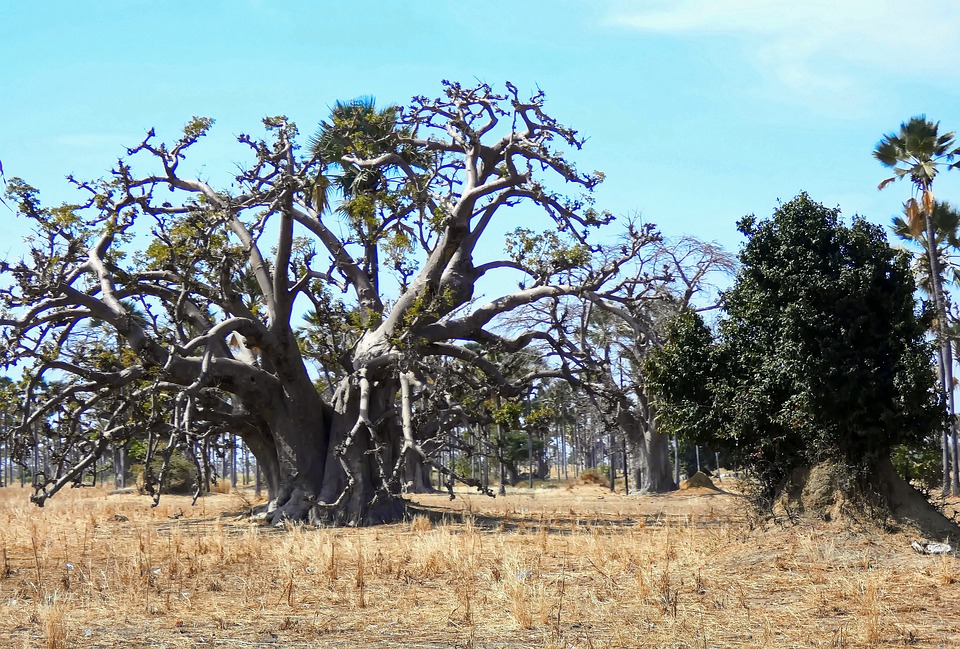
Senegal is small compared to other impressive African states, is still a fairly large country and we can divide it into three main areas: the north, the south, and the coast. The climate is tropical and does not change much from area to area in fact there are two seasons throughout the territory, the dry one from October / November until May and the rainy one from June to October during which rainy days are still few.
North Senegal (Matam)
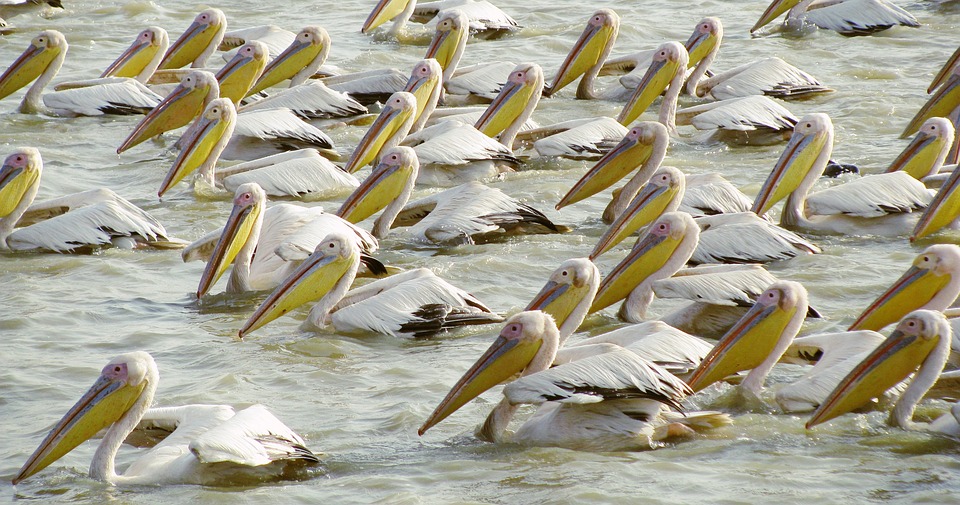
The best period is the dry season from mid-October to mid-June, during which rain is absent and rarely occurs on a few days in the winter months
South Senegal (Zinguinchor, Tambacounda)

The best period is from November to mid-May, i.e. during the dry season when rain is not prevalent.
Senegal Costa (Dakar)
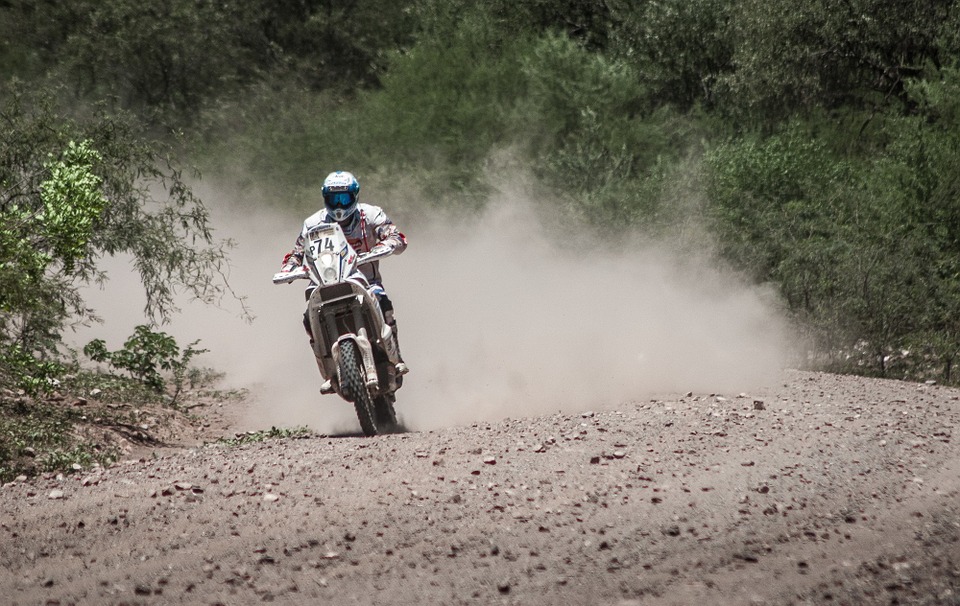
On the coast, from north to south, the climate is milder thanks to the presence of the ocean and the best time is always from November to May during the dry season which never experiences rain.
The best months to visit Senegal are November and May. Precisely these two months are the best to have a good climate and take advantage of more affordable prices, as they represent the beginning and the end of the Senegalese tourist season.
In these two months, which respectively follow and precede the summer, the temperatures are high and the rains do not exist.
Period to Avoid
From June to mid-October, or the rainy season is the recommended period to visit Senegal. Although the rainy days are generally few and not abundant, this does not allow you to enjoy the beautiful Senegalese beaches and any safaris or interesting boat trips on islets, along the rivers, and among the beautiful lagoons.
Senegal is almost never affected by tropical cyclones because hurricanes form at a good distance, however, it can always happen, especially in August and September, that a hurricane forms closer and hits the coast with heavy rains and anomalous waves causing considerable damage, as happened in 2015 with Hurricane Fred.
Climate and Seasons
The climate of Senegal is tropical and does not change much moving around its territory. The substantial difference is given by the temperatures, mitigated on the coast by the currents of the Atlantic Ocean and higher instead in the inland areas. Specifically, along the coast the temperatures are between 20 and 30 ° C, while in the south they reach 37 ° C, finally, in the north, they exceed 42 ° C.
Average Temperatures and Precipitation – North (Matam)
The northern area of Senegal can be defined as the hottest. Here we find Matam, the city that we will take as a reference from the climatic point of view. In Matam, daytime temperatures are always very high, between 34 and 42 ° C, while in the evening they drop significantly, remaining between 16 and 26 ° C. During the rainy season, it actually rains little, with the maximum peak being 10 days in August.
Recommended Period to Visit
From October to May, with a preference for December and January are the months that you can choose if you want to visit this place more desirably.
Average Temperatures and Precipitation – South (Tambacounda)
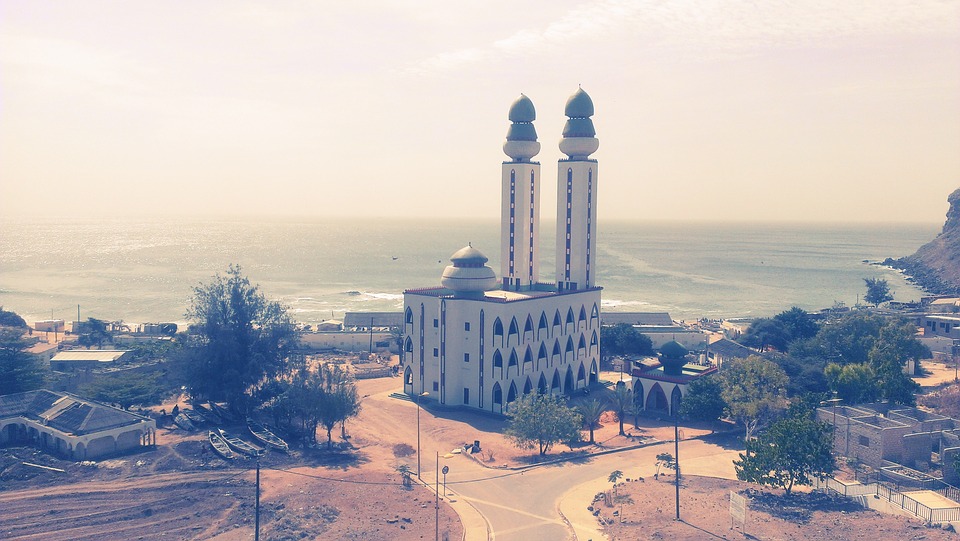
Tambacounda is located in the southeast of Senegal. Here the climate is also very hot but the temperatures are slightly lower than in the north. However, there is talk of daytime temperatures around 37 ° C and night temperatures that drop below 20 ° C. As for the rains, on the other hand, they are decidedly more frequent and abundant but always limited only to the months of the rainy season.
Recommended Period to Visit
From October to May, with a preference for November to December as a great alternative if you want to visit this place.
Average Temperatures and Precipitation – Costa (Dakar)
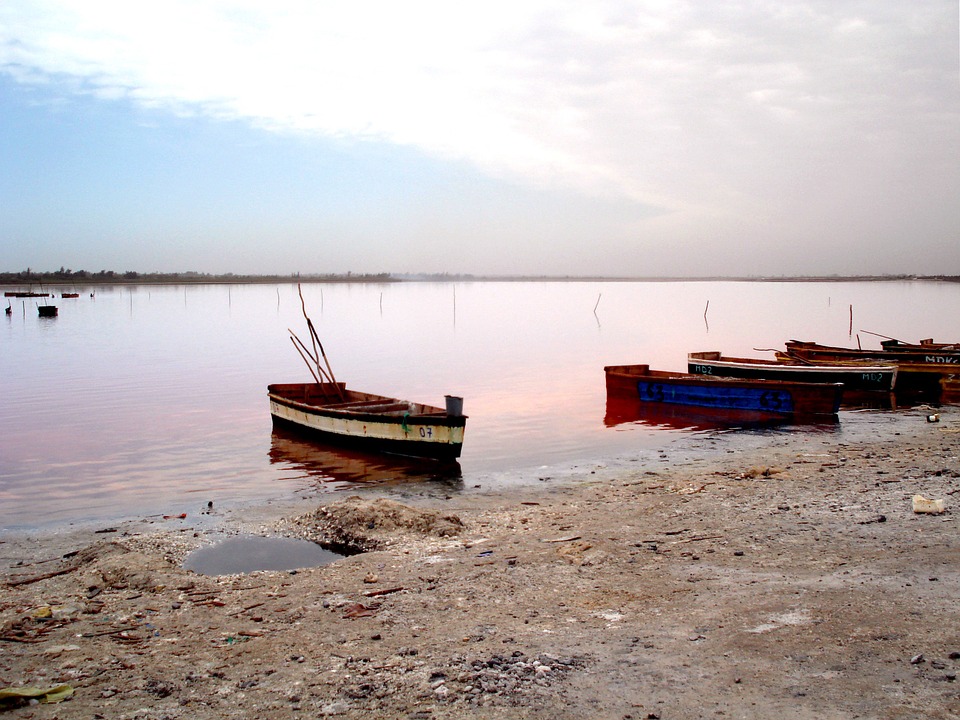
Dakar Along the coast, from north to south, the temperatures are more pleasant and bearable than the rest of the territory, thanks to the presence of the Atlantic Ocean that mitigates them with its currents. Dakar, the capital of Senegal, is located in the coastal area overlooking the sea and its temperatures slightly exceed 30 ° C during the day, while in the evening they drop below 20 ° C. Here too the rainy season is limited to the summer months but it is not so abundant and intense.
Recommended Period to Visit
October to May is the best months to consider when visiting this place. If in case you haven’t booked successfully on the said months, November to January are also considered a great time in visiting this place.
What to pack?
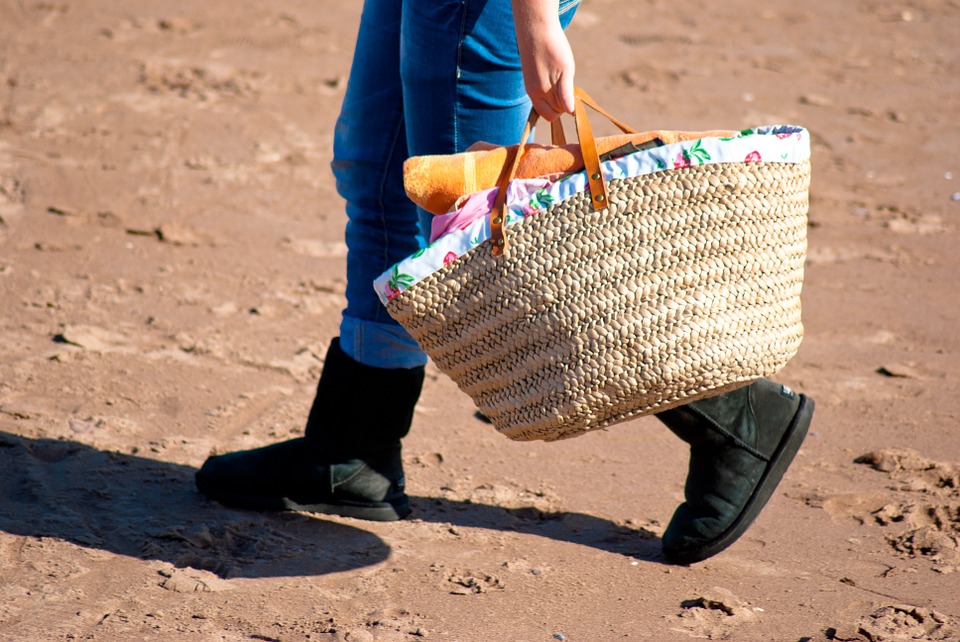
- Nord t-shirt and shorts, hat, sunglasses and sunscreen, thermal bottle, mosquito spray, long hiking clothing, camera as in the dry season but with some raincoats.
- Sud t-shirt and shorts, hat, sunglasses and sunscreen, thermal bottle, mosquito spray, long hiking clothing, camera as in the dry season but with some raincoats.
- Costa swimsuit, beach towel, sunscreen, beach and snorkeling clothing in general, plus a light jacket for the evening as in the dry season.
Useful Facts About Senegal
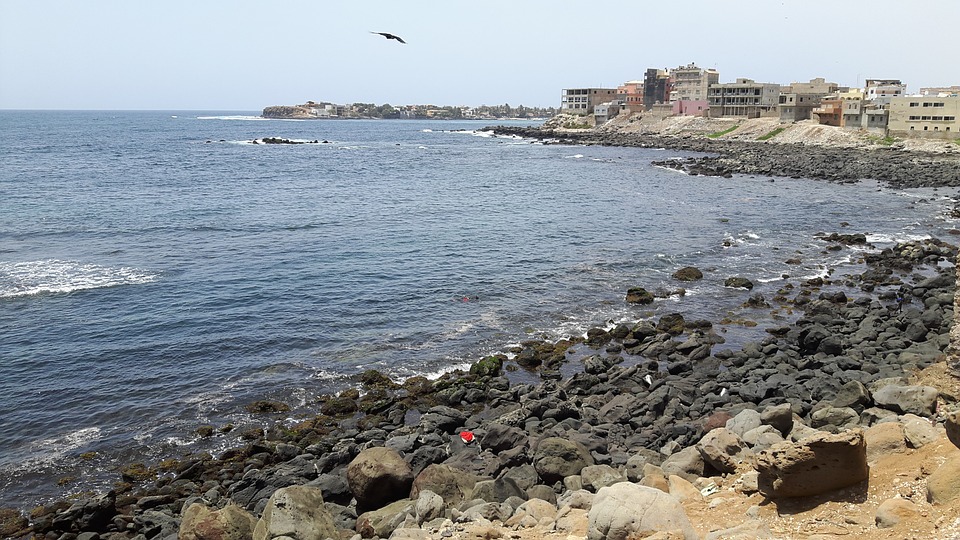
- Capital: Dakar
- Population: 15,410,000
- Surface: 196,712 sq km
- Languages: French and Wolof
- Currency: African Franc (CFA – $) / Exchange rate: € 1.00 = 657 CFA
- Documents: Passport with residual validity of at least 6 months
- Vaccinations: no compulsory vaccination, but the one against yellow fever, typhus, and hepatitis A is recommended
Check out these amazing hotel deals!
- Save up to 30% on your hotel in Hawaii!
- Last-minute holiday hotel deals
- Top hotel deals for a new year trip
- Visiting Paris? Find the Best Deals & Reviews at TripAdvisor.
- Save 30% on hotels in Ocean City, Maryland...a TripAdvisor Top 10 Summer Destination!
- Save up to 30% on your hotel on your Winter Vacation!
- Find top-rated hotels at the lowest prices on TripAdvisor. Check rates now!
- Save up to 30% on hotels for a romantic getaway!!
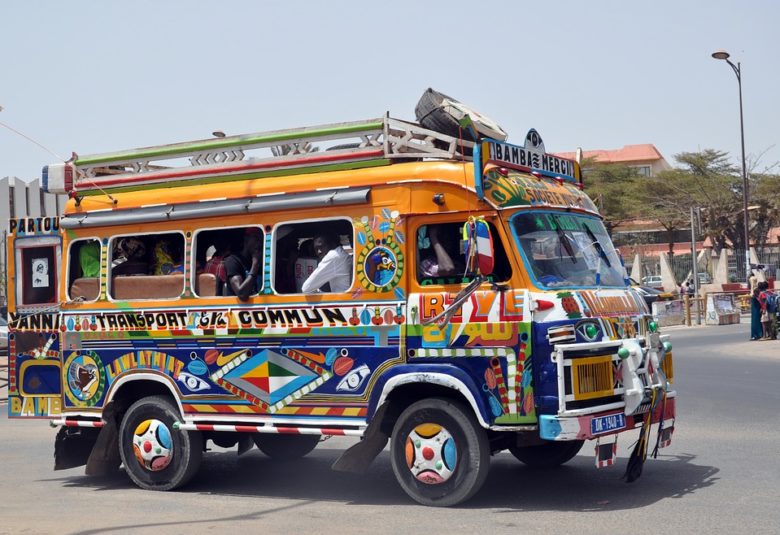

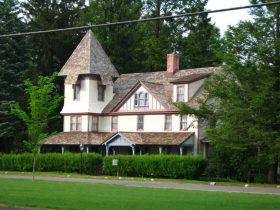

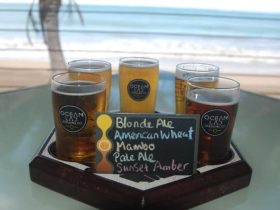
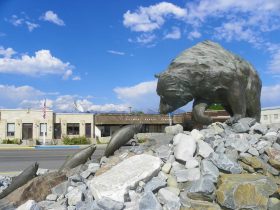
Find Us on Socials